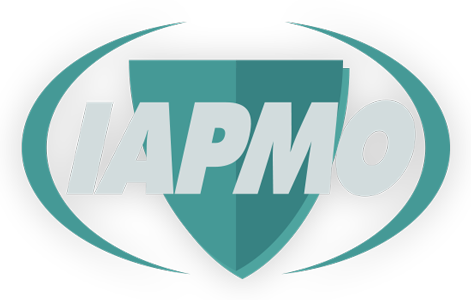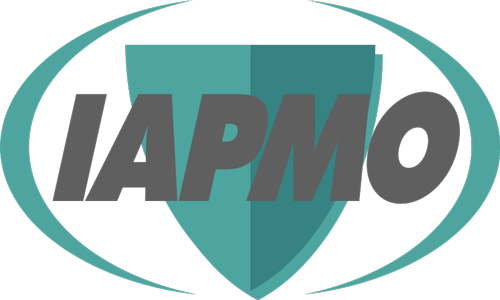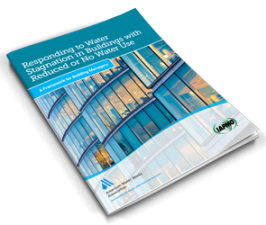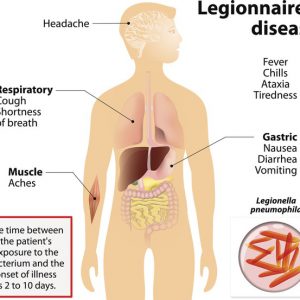Keep Buildings Safe From Legionella – What You Need To Know
Legionella, the bacterium that causes Legionnaires’ disease, grows quickly and multiplies in warm water, especially water that has been stagnant. This is why Legionella is a serious concern with COVID-19 pandemic-related building shutdowns. Schools in Ohio and Pennsylvania found the legionella bacteria in their plumbing systems following the Spring 2020 lockdown, and even some of the Centers for Disease Control (CDC) buildings were impacted during that period.
All water systems in buildings that have been vacant or sparsely used for weeks or months must be flushed prior to being put back into service. Stagnant water needs to be safely discharged into the building sanitary system and replaced with fresh utility water.
Information about flushing plumbing systems before reopening schools and buildings is contained in the Uniform Plumbing Code, the only plumbing code to address Legionella.
What is Legionella?
Legionella bacteria causes a type of pneumonia called Legionnaire’s disease as well as Pontiac fever. Cases of Legionella in the US have grown by 450% since 2000. It has a mortality rate of approximately 10%, but can be successfully treated with antibiotics. The greatest risk is for the elderly and those who are immunocompromised.
Legionella and Water
Legionella is not airborne, but people can become infected by inhaling contaminated water droplets that have become aerosolized. Legionella bacterium grows in water, so safe plumbing systems governed by strong Uniform Plumbing Codes are essential to preventing transmission.
Legionella is not transmitted by drinking water, but accidentally aspirating contaminated water into the lungs while drinking can cause Legionnaire’s disease.
How to Safely Reopen Buildings
Most important: seek professional help from licensed plumbing professionals. Severe water damage can occur if plumbing systems are incorrectly managed. For large and complex buildings, a plumbing engineer can help determine a detailed flushing plan for flushing all water systems.
Note that many building water systems will require disinfecting treatments in addition to flushing. This is particularly important if any disruption of supply pressure occurred or is suspected while the building was shut down. There are cost and efficiency benefits to flushing and disinfecting building water systems at the same time. Contact your local health department to discuss the building and the flushing process. If available, use health department data sheets to document the flushing process.
Protecting Workers
Personnel involved in flushing building water systems must be provided with appropriate personal protective equipment (PPE) to protect against stagnant water aerosols, water containing high chemical levels and the possibility of scalding from hot water. Consult Occupational, Safety and Health Adminstration (OSHA) and local health department guidance for the type of PPE that is recommended for the type of building undergoing treatment. NIOSH-approved N-95 type respirators are recommended.
For all buildings serving immunocompromised, high-risk populations, consider testing for Legionella at least seven days prior to reopening the building. Water samples for testing should be collected after flushing the water system.
Is Legionella a Threat in the Home?
Legionella bacteria can impact home plumbing systems that are inadequately maintained. Hot tubs are a particular area of concern since bathers are inhaling steam from the surface and they may go unused over extended periods. The CDC offers this guide specific to Legionella and hot tubs.
Water is essential to life, but it is also an efficient carrier of disease. Plumbing professionals are on the front lines of protecting the health of the nation from all forms of waterborne diseases. IAPMO supports safety of US plumbing systems through model plumbing codes with real-world implications, rooted in scientific data. The 2021 UPC with the appendix N on Impact of Water Temperature on Legionella Growth is available for review, free of charge, here.
References:
Centers for Disease Control: Legionella (Legionnaires’ Disease and Pontiac Fever)
CleanLink: Addressing Stagnant Water In A Facility
CONTRACTOR magazine: IAPMO 2021 Uniform Codes and Standards Update
IAPMO: Managing Legionella and other Pathogenic Microorganisms in Building Water Systems



